

At a distance of 6 km from Chittorgarh Railway Station, Rana Kumbha is a heritage palace situated near Vijay Stambh inside the Chittorgarh Fort Complex. It is one of the top places to visit in Chittorgarh Fort.
The palace was rebuilt by Maharana Kumbha on a ruined palace which was built in the 734 AD by Bappa Rawal. He was known for his art and cultural patronages in Rajasthan's Mewar dynasty. It is in this palace the Rajput King Maharana Kumbha lived his royal life. The ruined Kumbha Palace is the most massive monument in the fort of Chittor.
According to the legends, the founder of the city of Udaipur, Maharana Udai Singh was born here, and his life was saved by his wet nurse Panna Dhai, who sacrificed her own son and successfully managed to take a young Udai Singh to a safe destination. This place was once the home of the famous bhakti poetess Meerabai. The palace is believed to have underground cellars where Rani Padmini and other women folks in the royal palace performed Jauhar during the attack of Ala-ud-din Khilji in 1303 AD. This is also said that their souls are still haunting this palace.
The Rana Kumbha Palace is a fine specimen of Rajput's architecture. It is a huge structure, built of sandstones, which are not of equal proportions. The palace is raised high from a large basement which is in the shape of a rectangle. The walls are ornamented with artificial battlements and turrets. The remarkable feature of the palace is its splendid series of canopied balconies. The entrance to the palace is through two gateways known as Suraj Pol and Tripolia Gate leading further to Suraj Gokhra, Zanana Mahal, and Kanwarpada-ka-Mahal in the open courtyard.
The palaces of Panna Dhai and Meerabai are situated in the southern part of this palace complex. A grand old temple dedicated to Lord Shiva and stables of horses and elephants are placed nearby. The Nau Lakha Bandar (nine lakh treasury) building, the royal treasury of Chittor was also located close by. Now, across from the palace is a museum and archeological office. The Singa Chowri temple is also nearby.
After being overrun by the armies of Alauddin Khilji at the turn of the 13th century, Mewar had become relatively insignificant. Rana Hammira is credited with casting off the Muslim yoke and establishing the second Guhila dynasty of Chittor in 1335. The title Rana and later Maharana was used by rulers of this dynasty.
Rana Hammira's grandson, Maharana Mokal was assassinated by two brothers (Chacha and Mera) in 1433. Lack of support, however, caused Chacha and Mera to flee and Rana Kumbha ascended the throne of Mewar. Initially, Rana Kumbha was ably assisted by Ranmal (Ranamalla) Rathore of Mandore. In November 1442, Mahmud Khilji, Sultan of Malwa, commenced a series of attacks on Mewar. After capturing Machhindargarh, Pangarh and Chaumuha, the Sultan camped for the rainy season.
On April 26, 1443, Rana Kumbha attacked the Sultan's encampment, following an indecisive battle the Sultan returned to Mandu. The Sultan attacked again in November 1443, capturing Gagraun and adjoining forts but the capture of Chittor eluded him. The next attack was on Mandalgarh (in October 1446) and was also unsuccessful. Perhaps bloodied by these engagements, the Sultan did not attack Mewar for another ten years. In order to commemorate his resounding victory over the combined armies of Malwa and Gujarat in 1440 AD, Rana Kumbha got the famed 37 meter, 9 storey high 'Vijay Sthambha' erected at Chittorgarh which was completed in 1448 AD.
Ahmad Shah (ruler of Gujarat), and Muhammad Shah (ruler of Delhi) cooperated with Rana Kumbha to combat Mahmud Khalji. During this period, the rulers of Delhi and Gujarat conferred on Rana Kumbha the title of Hindu-suratrana ( Hindu Sultan ). Rana Kumbha was the first Hindu ruler to be given this accolade by the Muslim Sultans.
In a patricide, Rana Kumbha was killed by his son Udaysimha (Udaysingh I). His achievements, however, continue to inspire successive generations of Indians.
Uday Singh did not live long and was killed by a lightning strike in Delhi after he went to offer a daughter in marriage to the Delhi Sultan. In five years of his reign, he lost much of Mewar territory and made Abu Deora Chief independent and gave Ajmer, Sakambhari to Marwar's Rathore king Jodha as a token of friendship(they were cousins). Udai Singh was succeeded not by his son but another brother, Raemal of Mewar. Raemal sought help of Sultan of Delhi and a battle ensued at Ghasa in which Sahasmall and Surajmall, the rebel brothers were defeated by Prithwiraja, second son of Raemal.
However, Prithwiraja could not ascend the throne immediately because Raemal was still alive. Nevertheless, he was chosen as the crown prince, as his younger brother Jaymal was killed earlier, and his elder brother Sangram Singh was absconding since the fight between the three brothers.
Prithwiraja was ultimately poisoned and killed by his brother-in-law, whom Prithwiraja had beaten up for maltreating his sister. Raemal died of grief a few days later, thus paving way for Sangram Singh to occupy the throne. Sangram Singh, who had, meanwhile, returned from self-exile, ascended the throne of Mewar and became famous as Rana Sanga.
Monuments in Chittorgarh resonates with stories of Rajputana bravery, pride and passion. The bards of Rajasthan sing tales of courage and sacrifice recounting stories that are known to every child and adult in the city. Chittorgarh is named after its most imposing structure, the Chittorgarh Fort which stands atop a 180 metre high hill and is spread across 700 acres. Chittorgarh Fort has had a tumultuous past. This bastion of the Rajputs has faced violent attacks thrice in its entire history. The first was in 1303 when the Sultan of Delhi, Ala-ud-din Khilji, who was enamoured by Queen Padmini, launched an attack to abduct her. More than two centuries later, in 1533, it was Bahadur Shah, the Sultan of Gujarat, who caused immense destruction. Four decades later, in 1568, Mughal Emperor Akbar attacked and seized the fort. It was finally in 1616, under the rule of Mughal Emperor Jahangir that the fort was returned to the Rajputs.
Chittorgarh is known for a number of forts and palaces with historical significance. Chittorgarh tour packages are in great demand as large numbers of tourists wish to explore of a number of attractions in the city. These tour packages comfortably take the tourists to a number of famous places in town.
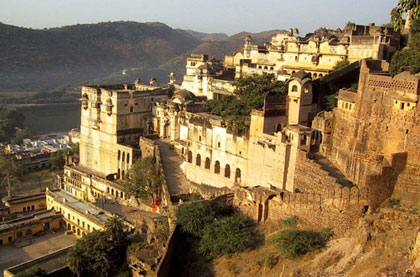
Duration : 04 Nights / 05 Days
Destination Covered : Kota - Bundi - Chittorgarh

Duration : 04 Nights / 05 Days
Destination Covered : Jaipur - Ranthambore - Chittorgarh - Udaipur

Duration : 04 Nights / 05 Days
Destination : Ranthambhore, Bundi, Chittorgarh, Udaipur, Ranakpur, Jodhpur
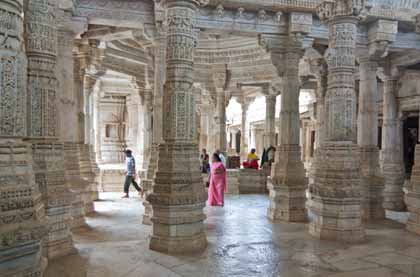
Duration : 08 Nights / 09 Days
Destination : Jaipur, Ranthambore, Chittorgarh, Udaipur, Ranakpur, Jodhpur, Jaisalmer
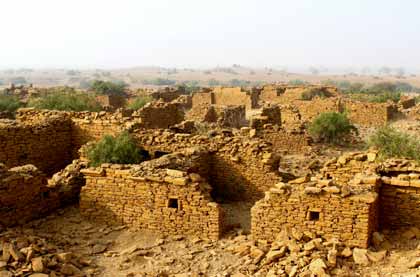
Duration : 07 Nights / 08 Days
Destination : Jaipur, Pushkar, Chittorgarh, Udaipur, Jodhpur, Jaisalmer/Desert
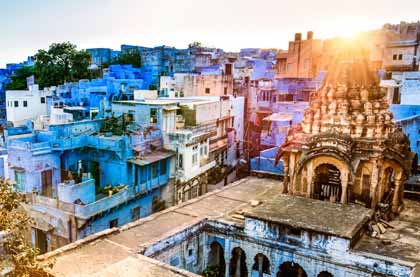
Duration : 07 Nights / 08 Days
Destination : Jaipur, Chittorgarh, Udaipur, Kumbhakgarh, Ranakpur, Jodhpur, Jaisalmer
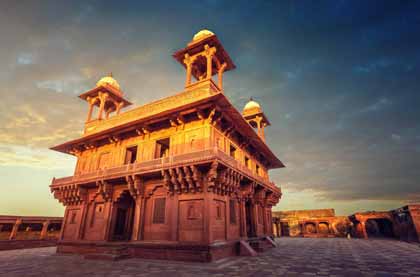
Duration : 08 Nights / 09 Days
Destination : Jodhpur, Ranakpur, Udaipur, Chittorgarh, Jaipur, Fatehpur Sikri, Agra, Delhi
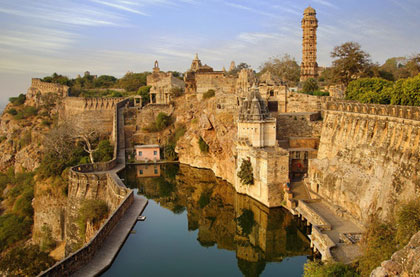
Duration : 13 Days / 12 Nights
Destination : Delhi, Mandawa, Bikaner, Jaisalmer, Jodhpur, Mountabu, Ranakpur, Udaipur, Chittorgarh, Pushkar